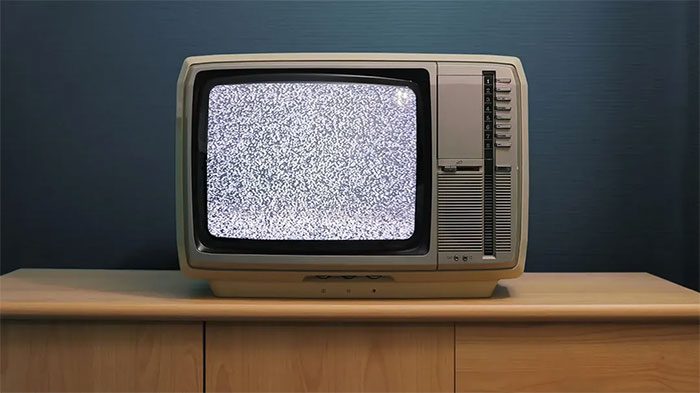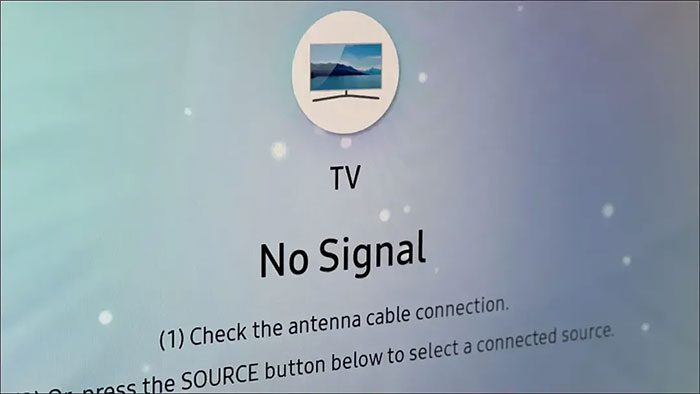White Noise is a Common Issue in 20th Century TVs.
The snowy white noise on screens was a quintessential element of the 20th-century TV experience, but today, it has become a thing of the past. Why don’t modern TVs experience this white noise issue anymore?
Exclusively Found on Older TV Models

White noise commonly found on old TVs.
White noise is a prevalent issue on older TVs. It occurs when we tune the TV to an unavailable channel.
To understand why older TVs had such white noise, one must grasp how analog TVs operate. Simply put, older TVs function similarly to radios but with the addition of visual components.
Just like a radio, you can hear clear and crisp sound when sitting at home or in the city, but it becomes noisy or distorted when traversing forests or desolate areas due to limited radio waves. Analog TV signals also fluctuate between very strong and nearly undetectable levels.
And, much like an old radio, when you tune an analog TV to a channel that is not used in your area, the TV still tries to pull in a signal but fails to find a suitable television program.
When no signal is found, the TV will “broadcast” a background image filled with randomly changing noise devoid of any actual picture. The noise on old analog TVs is a combination of electrical interference within the TV itself, local radio wave frequencies, and cosmic radiation. In fact, a portion of the noise appearing on old TVs is gamma radiation from the Big Bang that has traveled for billions of years and the expansion of the universe, transforming into microwave radiation. A small amount of this radiation reaches Earth, penetrating our atmosphere, and is displayed as noise on analog TVs.
Why Modern TVs Don’t Experience White Noise Issues

When there is no picture signal, modern TVs only display a blank screen or sometimes provide some user guidance information (Photo: How To Geek)
To understand why modern TVs no longer exhibit white noise issues, we need to go back and examine the historical changes in television broadcasting methods in the 21st century.
In 1996, the United States Congress passed the Telecommunications Act, which aimed to transition from analog to digital television to free up a range of radio frequencies for other purposes, including mobile communications and emergency services.
Although the end date for analog television was postponed several times from the initial timeline set in the 1996 Telecommunications Act, by June 12, 2009, all high-power analog stations in the U.S. had switched to digital signals.
As a result of this transition, modern TVs do not have analog tuners. When tuning a modern TV with a digital tuner to an unavailable channel, the TV screen will show nothing but a blank display with a message saying “No Signal” and no white noise will appear.
This is because digital television signals are binary. The antenna can either receive the signal and create an image, or it cannot, with no noise or remnants of the analog television era.
When there is no picture signal, modern TVs today only display a blank screen or occasionally provide some guiding information for the user.


















































